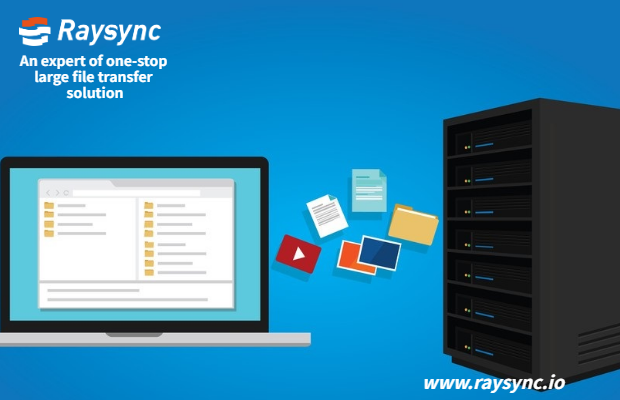Filter News

Raysync News
September 11, 2023Raysync, a leading provider of high-performance file transfer solutions, has announced a strategic partnership with Red Hat, the world-renowned open-source software and solutions provider.

Raysync News
May 27, 20225 File Transfer Services in 2022. The best large file transfer and file-sharing services for your business needs. Click here to learn more!

Raysync News
May 27, 2022This article mainly introduces the latest 2022 large file transfer solutions to meet your various file transfer needs.

Raysync News
May 27, 2022The file transfer protocol server runs a program that utilizes the file transfer protocol and allows you to upload and download files. All FTP servers on this list include options for encrypting and protecting data by utilizing secure protocols.

Q&A
May 20, 2022A large number of small files transmitted between two regions across the country can be transmitted through disk I/O intelligent optimization technology and Raysync high-speed transmission protocol.

Raysync News
May 13, 2022What do you need to know to make file transfers secure? Read this article to get more useful information on this matter.
![[Tips] How to Transfer Files from One Computer to Another?](http://images.ctfassets.net/bg6mjhdcqk2h/6fekFvfMJvgsf84hhQpzWA/92e19a30eda609472b6116863098889a/transfer-files-on-computer.png)
Q&A
May 13, 2022If you need to transfer files from the old computer to the new computer, it may reduce the excitement. Want to know how to transfer files from PC to PC? We will help you determine the best method.

Q&A
May 5, 2022Many companies have started the international business, transnational file transfers have become more frequent, and many companies have set up branches overseas.

Raysync News
May 5, 2022File Transfer Protocol (FTP) is a widely used network protocol for transferring files between computers over a TCP/IP-based network (such as the Internet).
![[2024 Guide] How to Buy A File Sharing Software](http://images.contentful.com/bg6mjhdcqk2h/5FkRT8pP5ZBb0luQPHJUcE/69e8fc10fb06daa57ac8b5294885f296/file-sharing-software.png)
User Guide
April 28, 2022Choosing the right file sharing software is critical to the success of the organization. It is important to understand the differences between file sharing solutions and when each solution is appropriate.

